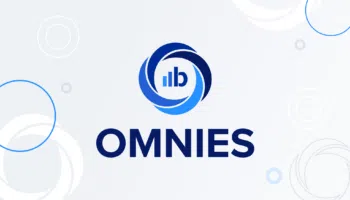It’s no secret that AI is shaping marketing this year. With the launch of ChatGPT, AI has been at the center of many of our conversations, particularly in marketing. Without even realizing it, AI is already ingrained into most of our day-to-day lives – Alexa turns on our lights, our iPhones unlock with facial recognition, our favorite shows are suggested on streaming platforms, and our GPS uses AI to calculate the best route. Now, AI is increasingly becoming an indispensable tool for marketers, and the use of AI in marketing will only continue to expand in the years to come. In fact, a fifth of executives worldwide say that AI will be critical to their job functions by 2025.
When AI is mentioned for marketers today, the first thought that often comes to mind is content creation. While creating content is certainly an important use case, it’s just one of many ways marketers can use AI to their benefit, especially in email marketing. AI also takes the guesswork out of daily tasks, enhances personalization, predicts customer behavior, increases efficiency, makes data-driven decisions, gains valuable customer insights, improves campaign performance, and more. It enables us to make the most effective decisions about our campaigns in an automated way. The result? Better customer experiences. With AI, marketers can easily and quickly determine who to target, what to recommend, how to create email content, when to engage, and where to message customers – boosting campaign results and increasing efficiency.
Here are five ways you can start using AI in your email marketing strategy to maximize ROI:



